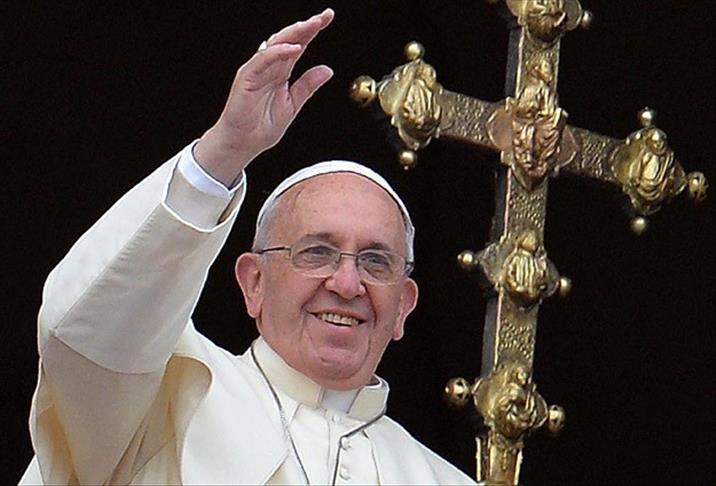
By Roy Ramos
ZAMBOANGA
A crowd of almost 2 million devotees is expected to join the feast of the Black Nazarene in Manila on Friday for the "traslacion" - the transfer or procession of a life-size image of Jesus Christ carrying the cross.
The event will serve as the capital city's dry run for security and crowd control for the Jan. 15-19 papal visit, local government and church officials have said.
In previous years, more than 1,000 people have been injured or fainted due to jostling, shoving and heat fatigue during the feast - the Philippines' biggest religious gathering.
“During the festivities, we will be able to test all our capabilities and security plans. This is a good preparation for Pope Francis’ visit. We can evaluate and improve our lapses,” Johnny Yu, Manila's disaster management chief, told Rappler.com Monday.
Scheduled a week before the Pope's trip to the Philippines, Manila officials estimate a crowd of 2 million people will attend this year's celebration.
“Thousands of people from all over the country come to Manila every year to participate in the procession… Public safety and convenience remain top priority,” Manila Mayor Joseph Estrada told Rappler.com.
Estrada had earlier announced the suspension of classes in all levels and work in government offices in the city. The local government also advised universities and private offices to suspend work to make way for the festivities.
Liquor will also be banned across the city, Estrada added. “All our departments are mobilized, even our teachers. We are prepared.”
The festivities began 6 p.m. (10 a.m. GMT) Thursday, with an overnight vigil to 6 a.m. at the Quirino Grandstand, where Manila Archbishop Luis Antonio Cardinal Tagle officiated a Mass.
The Black Nazarene will then be carried in a procession along a traditional route from Quirino Grandstand to the Quiapo Church, where a concluding Mass will be held.
The Nazarene - a life-size iconic statue of Jesus Christ carrying the cross to Calvary Hill constructed from ivory - is considered by many Filipinos as miraculous, with the ability to heal diseases and bring success.
Among the huge crowd of devotees will be Filipinos suffering from sickness, repentant ex-convicts, gamblers and alcoholics, local politicians seeking luck, youths with fanatical belief in the image and plain pious Catholics doing a religious obligation.
An anonymous Mexican sculptor made the statue, and the image arrived in Manila via galleon from Acapulco, Mexico, sometime in the first decade of the 1600s. Folk tradition attributes the dark color to a fire on the ship that charred the originally white skin.
The Philippines is the third most populous Catholic country in the world. Spanish missionaries introduced the religion in the early 16th century.
About 6 million people will attend the public events of Francis in the Philippines. He will stay mainly in Manila and visit typhoon-ravaged communities in Leyte.
The presidential palace has declared three days of the Argentine pontiff's visit as special non-working holidays in Metro Manila.
Anadolu Agency website contains only a portion of the news stories offered to subscribers in the AA News Broadcasting System (HAS), and in summarized form. Please contact us for subscription options.




